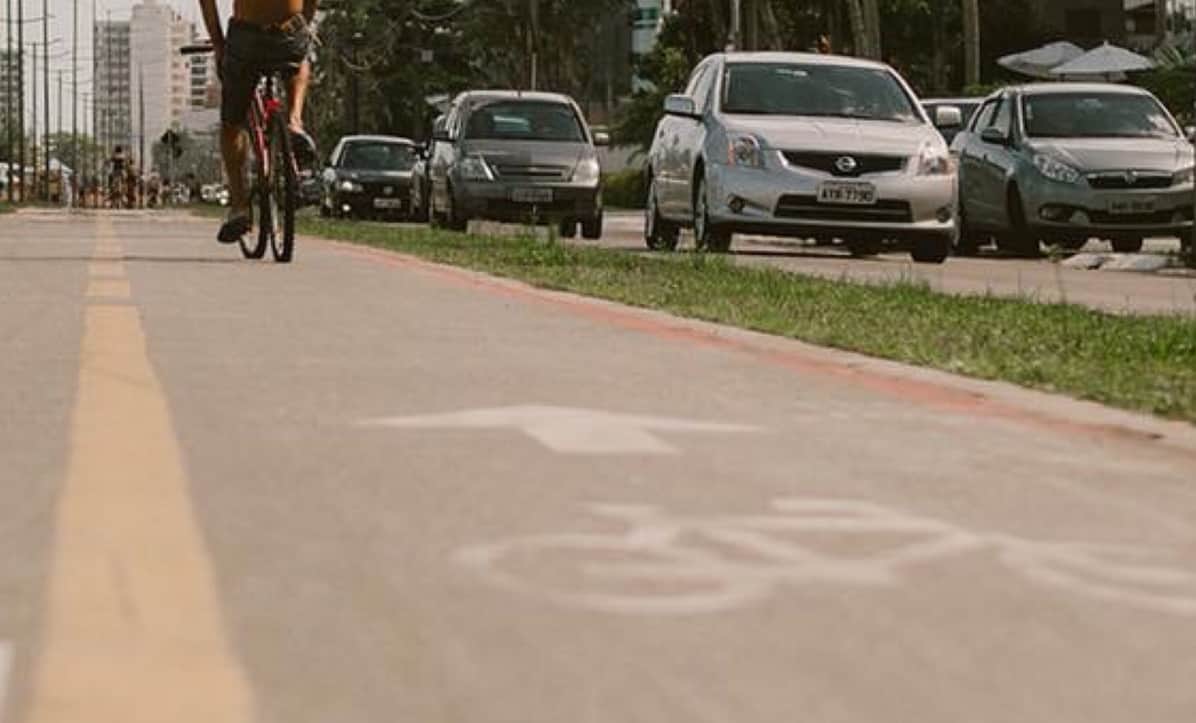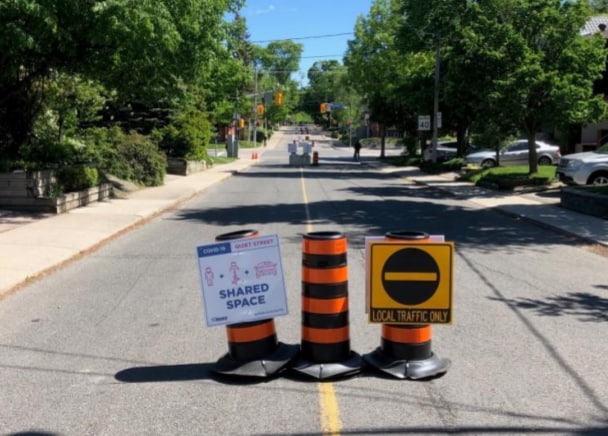Mississauga increasing bike lanes by 30 per cent across the city
Published July 14, 2020 at 10:53 pm

The City of Mississauga is expanding short-term and long-term active transportation lanes to better allow for cyclists and pedestrians to practice physical distancing.
As part of the Active Transportation COVID-19 Recovery Framework, the City will be adding 17.9 km of on-road bicycle lanes and separated bicycle lanes in areas throughout the city, which represents a 30 per cent increase.
Additionally, Quiet Streets, which will limit vehicle traffic to local vehicles only to provide more space for cyclists and pedestrians.

Road closures could be implemented for areas that continue to experience large gatherings of pedestrians, particularly on weekends, such as Port Credit and other areas along Lake Ontario.
The City may or may not communicate these closures, so as not to provide additional incentive for people to gather in these areas, and the Ward Councillor will be consulted prior to the implementation of any road closures.
Currently, the City has already implemented temporary active transportation lanes for cyclists and pedestrians on King Street from Camilla Drive to Confederation Parkway, on Glen Erin Drive from Britannia Road to Meadowvale Town Centre Circle, on Living Arts Drive from Square One Drive to Prince of Wales Drive, on City Centre Drive east of Confederation Parkway, on Prince of Wales Drive from Confederation Parkway to Duke of York Boulevard, on Burnhamthorpe Road West from Confederation Parkway to Kariya Drive, and on Thomas Street from Winston Churchill Boulevard to Erin Mills Parkway.
These were implemented to allow cyclists and pedestrians to practice physical distancing while travelling during the months of April to June.
The next phase of the City’s Active Transportation COVID-19 response will focus on expanding long-term transportation options for residents.
Further, according to a report from the City, traffic volumes on local roads were down roughly 30 to 50 per cent. However, they are showing signs of returning to normal levels.
Moreover, the use of ridesharing services was down 80 per cent at the peak of the economic shutdown, while transit ridership was down by as much as 78 per cent—however, transit ridership is beginning to rise.
While the budget for these new projects is estimated to cost $1.3 million, no new funding will be required, as $830,000 will come from the Federal Gas Tax Reserve Fund and $470,000 will come from the Development Charges Reserve Fund.
“Staff from across the organization have listened to residents and we recognize the immediate need for more options to travel safely by bike or foot, in both the long-term and the short-term,” Helen Noehammer, director of Infrastructure Planning and Engineering Services, said in a news release. “We’re reprioritizing our work plans and using relatively simple materials, available budget and existing contracts in order to accelerate this work.”
“The installation of additional cycling infrastructure will lead to operational impacts. We’re continuing to finalize what dedicated year-round maintenance of this infrastructure will look like, especially in the spring and winter,” she added.
insauga's Editorial Standards and Policies advertising





